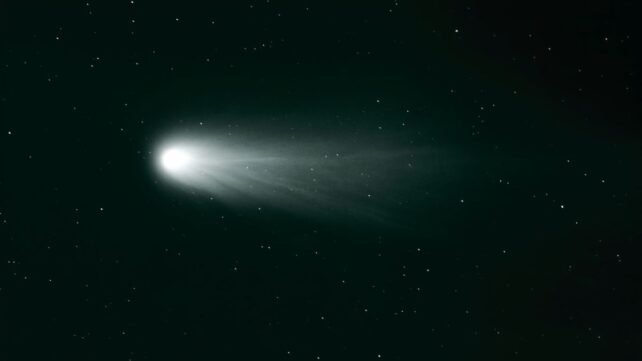One of the most spectacular meteor showers in Earth's skies is about to peak, and the observing conditions couldn't be better.
On the night of October 21, up to 20 meteors per hour could streak through the sky – the same night as a new Moon, which is when the Moon lies between Earth and the Sun and doesn't appear against the night sky.
This means that the Orionids, whose radiant lies in the constellation of Orion, should be highly visible without the Moon's glare obscuring their light.
Related: Hubble's Closeup of The Orion Nebula Looks Like a Surreal Dreamscape
The Orionids come around every year in late October, and they're the result of debris shed by Halley's comet in its 76-year orbit around the Sun. Every year, Earth passes through this comet detritus, and particles of it inevitably tumble into our atmosphere, where they burn up as they fall. It's the light from this burning that we see.

There are several notable meteor showers every year, but the Orionids are among the most beautiful. They're not the most prolific – the Quadrantids in January can produce up to 200 meteors per hour – but they are spectacularly bright.
They hit our atmosphere at high speeds of about 66 kilometers (44 miles) per second, which means the kinetic energy as they hit the atmosphere is huge. This, in turn, means the shock heating as the meteor compresses the air in front of it reaches white-hot temperatures and produces a brighter, longer incandescent glow as it falls – the bright, lingering streaks for which the Orionids are known.

The best time to observe the Orionids will be after midnight on the night of Tuesday, October 21, when the radiant is high. Look towards Orion and you should be able to catch it, no telescope required; all you need is a warm blanket and your own eyes.
The shower doesn't actually finish entirely until mid-November, so if you miss the peak, you'll still have a chance to catch it as it wanes.
